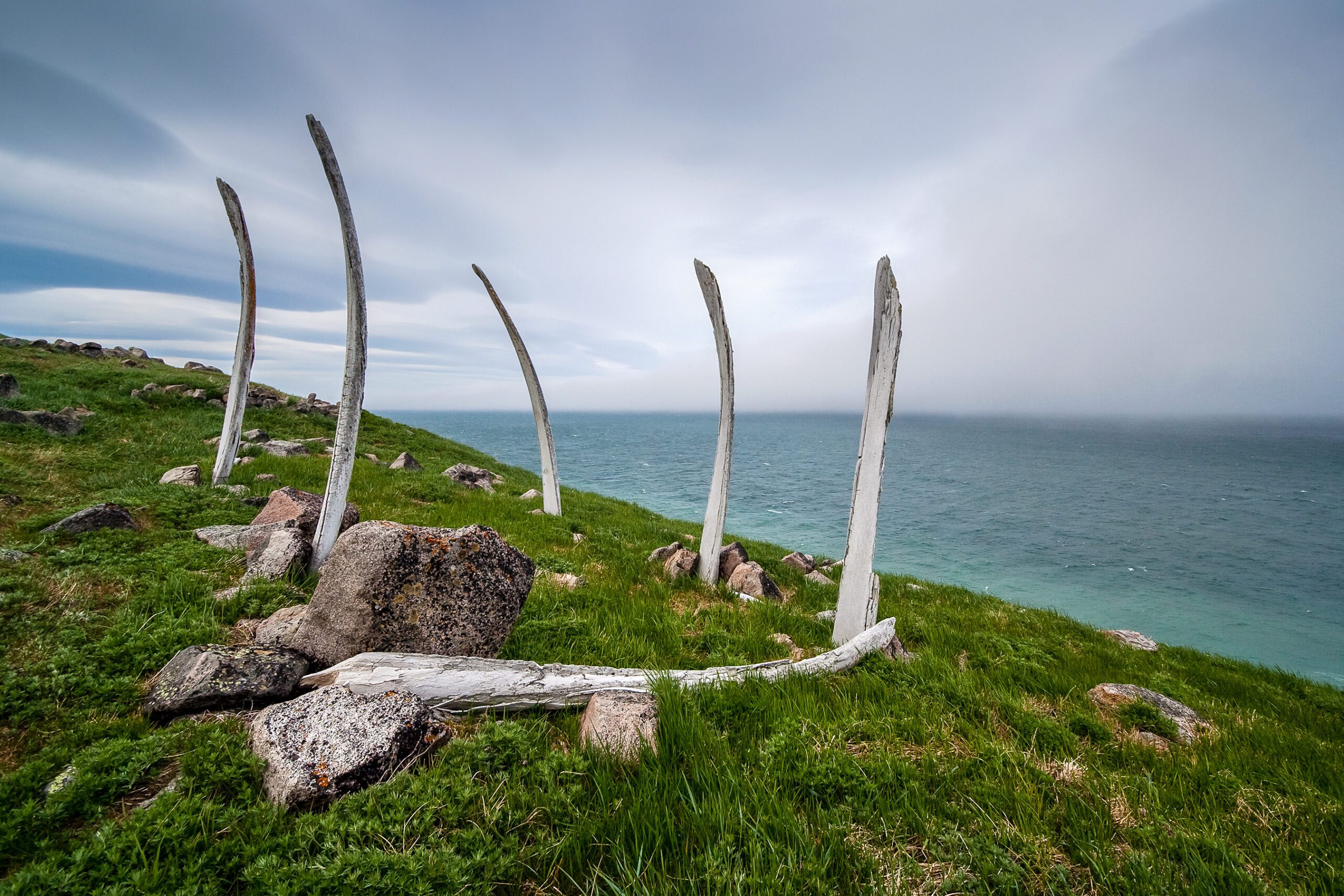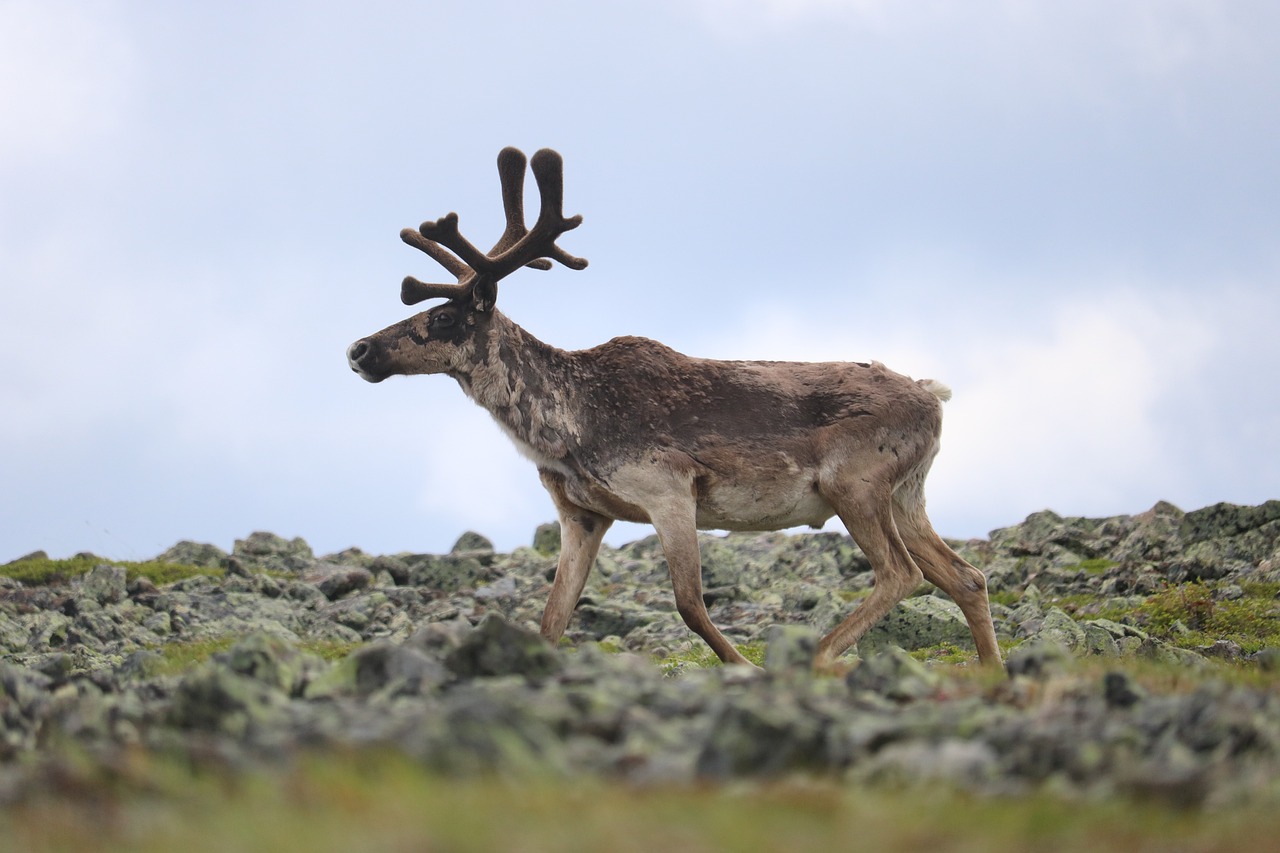The Tuktut Nogait National Park Visitor Centre is open year-round, but the park itself operates with restrictions. There are no specific hours provided for the visitor centre, only that it is open throughout the year.
The entrance fee at Tuktut Nogait National Park is $33.25 per person per day. An annual pass is also available for less than the cost of 7 day passes. Free admission for youth, other fees still apply.
Fly to Inuvik (YYE), charter floatplane to Saglek or other designated landing sites; summer boat expeditions depart from Nain or Hopedale; guided Inuit-led tours include transport; river journeys via the Horton River require advanced planning.
There are no designated parking areas at Tuktut Nogait National Park due to its remote location and lack of road access. Parking is not available for cars, RVs, or motorcycles.
Accessibility & permits
Emergency
- Cell service availability:None
Information not accurate?
Help us improve by making a suggestion.
Located in Canada’s remote Northwest Territories, Tuktut Nogait National Park spans over 18,000 km² of pristine Arctic wilderness. Named after the migrating caribou (“young caribou” in Inuvialuktun), it features dramatic fjords, towering peaks, ancient Inuit archaeological sites, and abundant wildlife. Guided tours by Inuit experts offer insights into traditional culture and biodiversity, with opportunities to spot polar bears, caribou, Arctic foxes, and marvel at the northern lights.
- Area (km²)
- 11748.18
- Annual visitors
- 250
- Established year
- 1996
Top 3 Facts about Tuktut Nogait National Park
The park features the 23-metre-high La Roncière falls, where the Hornaday River cascades down a tiered stone staircase, creating a stunning natural landmark in the Arctic wilderness.
Spanning over 18,000 km²—larger than many countries—making it one of Canada’s largest national parks.
Named Tuktut Nogait (“young caribou” in Inuvialuktun), reflecting the park’s deep cultural significance to the Inuvialuit people.
Family programs
- Junior Ranger
- Ranger-led Tours
- Self-guided Tours
- Workshops & Hands-on Activities
- Living History & Cultural Demos
- Scavenger Hunts
- Night Sky & Astronomy
- Family Camping & Overnight
- Arts & Crafts
- Water-based Adventures
Travel Tips
Plan Ahead
Book park access permits, charter flights, and guided tours well in advance due to remote location and limited capacity.
Pack Appropriately
Bring layered, insulated, waterproof clothing, sturdy boots, cold-weather gear, navigation tools, and emergency supplies.
Respect Wildlife
Maintain safe distances, never approach or feed wildlife, and follow Parks Canada’s wildlife safety guidelines.
Stay Informed
Obtain permits and check the Parks Canada website for weather alerts, transport updates, and safety advisories.
Seasons
June: witness Bluenose-West caribou migration to calving grounds and migratory bird arrivals as the tundra thaws.
July–August: milder weather, prime wildlife viewing (polar bears, caribou), and vibrant tundra blooms.
September–November: autumn tundra colors, quieter trails, caribou migration, and opportunities to spot Arctic wildlife.
December–March: extreme winter conditions, snow-covered landscapes, solitude, and snowshoeing or Arctic exploration.
Information not accurate?
Help us improve by making a suggestion.
Frequently Asked Questions
Ready to dive into what Tuktut Nogait National Park has to offer? Let’s tackle some of the burning questions you might have as you plan your visit!
-
The closest city to Tuktut Nogait National Park is Inuvik, Northwest Territories. Inuvik serves as the gateway to the region and is the nearest major town. From Inuvik, you can take a charter plane or other arranged transportation to reach the park.
-
The Uyarsivik Lake Loop is a relatively easy hike, making it ideal for families or those looking for a leisurely stroll through nature. This trail offers a more accessible and enjoyable experience for all skill levels.
-
Yes, you must keep your dog on a leash at all times. Allowing your pet to chase wildlife is not allowed.
-
You cannot park an RV, camper, motorhome, or any other type of camper van or trailer in the park. The use of motorized vehicles, including RVs, is prohibited for recreational purposes.
-
The best time to visit is during the summer, from June 7 to September 1, when the weather is milder and outdoor activities like hiking, paddling, and wildlife viewing are most enjoyable. This period also includes the time when the sun doesn’t set from mid-June to late July. Early summer is ideal for seeing the Bluenose West caribou migration, while late summer offers vibrant fall colors.






